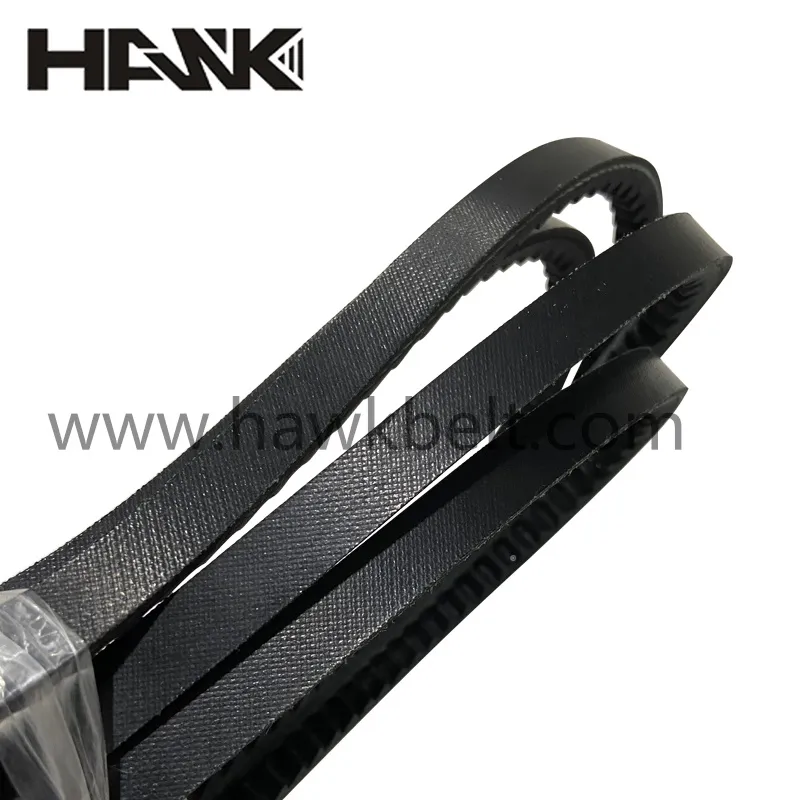- Arabic
- French
- Russian
- Spanish
- Portuguese
- Turkish
- Armenian
- English
- Albanian
- Amharic
- Azerbaijani
- Basque
- Belarusian
- Bengali
- Bosnian
- Bulgarian
- Catalan
- Cebuano
- Corsican
- Croatian
- Czech
- Danish
- Dutch
- Afrikaans
- Esperanto
- Estonian
- Finnish
- Frisian
- Galician
- Georgian
- German
- Greek
- Gujarati
- Haitian Creole
- hausa
- hawaiian
- Hebrew
- Hindi
- Miao
- Hungarian
- Icelandic
- igbo
- Indonesian
- irish
- Italian
- Japanese
- Javanese
- Kannada
- kazakh
- Khmer
- Rwandese
- Korean
- Kurdish
- Kyrgyz
- Lao
- Latin
- Latvian
- Lithuanian
- Luxembourgish
- Macedonian
- Malgashi
- Malay
- Malayalam
- Maltese
- Maori
- Marathi
- Mongolian
- Myanmar
- Nepali
- Norwegian
- Norwegian
- Occitan
- Pashto
- Persian
- Polish
- Punjabi
- Romanian
- Samoan
- Scottish Gaelic
- Serbian
- Sesotho
- Shona
- Sindhi
- Sinhala
- Slovak
- Slovenian
- Somali
- Sundanese
- Swahili
- Swedish
- Tagalog
- Tajik
- Tamil
- Tatar
- Telugu
- Thai
- Turkmen
- Ukrainian
- Urdu
- Uighur
- Uzbek
- Vietnamese
- Welsh
- Bantu
- Yiddish
- Yoruba
- Zulu
iul. . 27, 2024 17:55 Back to list
Suitable Replacement Options for Renault PK Belt to Enhance Performance and Durability
Understanding the Importance of the PK Belt for Renault Vehicles
When it comes to maintaining the performance and longevity of Renault vehicles, the PK belt plays a crucial role. This component, often overlooked by vehicle owners, is essential for ensuring that various engine accessories operate smoothly. The PK belt, also known as the serpentine belt, is responsible for driving multiple peripherals such as the alternator, water pump, power steering pump, and air conditioning compressor. Understanding its function and importance can help Renault owners take better care of their cars.
What is a PK Belt?
The PK belt is a flat, continuous loop made from rubber and reinforced with fibers to withstand high levels of stress and heat. The design allows it to handle the load of several components simultaneously, making it more efficient than older belt systems that required multiple individual belts. In Renault vehicles, the PK belt’s configuration and tension are crucial for proper engine performance.
Importance of Regular Inspection
Regular inspections of the PK belt can prevent a multitude of issues. Over time, wear and tear can lead to cracks, fraying, or complete breakage of the belt. A faulty PK belt can result in the loss of power steering assistance, overheating due to a malfunctioning water pump, and a dead battery if the alternator fails to operate. For Renault owners, keeping an eye on the condition of the PK belt can save money on costly repairs and enhance overall driving safety.
Signs of Wear
for renault pk belt

Recognizing the signs of a worn PK belt is essential for timely maintenance. Unusual noises from the engine compartment, such as squealing or grinding, can indicate that the belt is slipping or worn out. If the vehicle experiences difficulty in steering or if electrical components begin to fail, it may be due to a faulty PK belt. Additionally, visible signs such as cracks, splits, or pieces of rubber debris around the engine compartment can serve as warning signals.
Replacement Timing
The replacement interval for a PK belt can vary based on driving conditions and vehicle models, but it is generally recommended to check the belt at least once a year or every 10,000 to 20,000 kilometers. For Renault vehicles, consulting the owner’s manual provides specific recommendations for maintenance schedules tailored to the model.
DIY vs. Professional Replacement
While some car enthusiasts may feel confident in replacing the PK belt themselves, it is often advisable to consult with a professional mechanic, especially for those new to automotive repairs. Professional technicians have the right tools and expertise to perform the replacement efficiently and correctly. They can also inspect other related components, such as pulleys and tensioners, to ensure they are functioning optimally.
Conclusion
In summary, the PK belt is a vital component for the smooth operation of Renault vehicles. Its significance cannot be understated, as it directly affects engine performance and vehicle reliability. For Renault owners, understanding the importance of regular inspections, recognizing signs of wear, and adhering to replacement schedules are key in maintaining their vehicles. By prioritizing the care of the PK belt, drivers can ensure a safer and more reliable driving experience. Investing in regular maintenance not only prolongs the life of the belt but also enhances the overall functionality of the vehicle, making it a crucial aspect of automotive upkeep.
-
Korean Auto Parts Timing Belt 24312-37500 For Hyundai/Kia
NewsMar.07,2025
-
7PK2300 90916-T2024 RIBBED BELT POLY V BELT PK BELT
NewsMar.07,2025
-
Chinese Auto Belt Factory 310-2M-22 For BMW/Mercedes-Benz
NewsMar.07,2025
-
Chinese Auto Belt Factory 310-2M-22 For BMW/Mercedes-Benz
NewsMar.07,2025
-
90916-02660 PK Belt 6PK1680 For Toyota
NewsMar.07,2025
-
drive belt serpentine belt
NewsMar.07,2025

